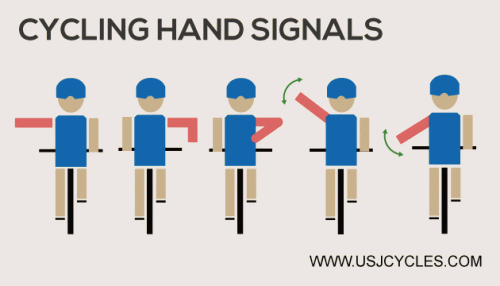News
10 Cycling Hand Signals You Must Know
Cycling hand signals are given by cyclist to indicate their intentions to other road users. To ride safely in traffic, cyclists require to use one side of their arm & hand to give a signals and another hand on the handlebar to control the bike. Following are the 10 cycling hand signals you must know while sharing the road with other road users.
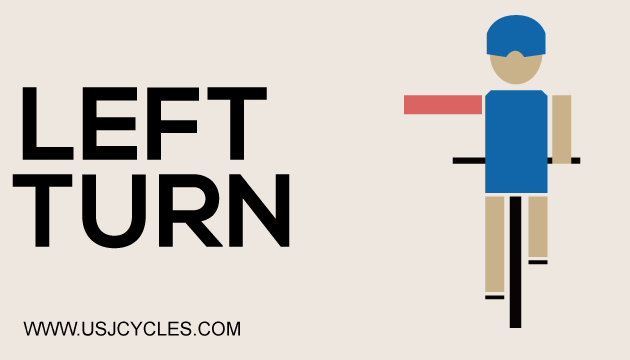
Left turn signal (important signal for changing road direction).
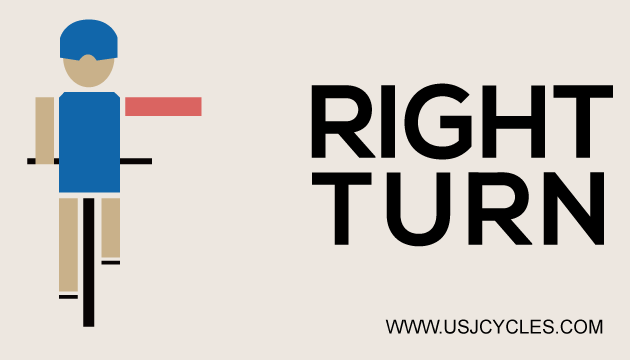
Right turn signal (important signal for changing road direction).
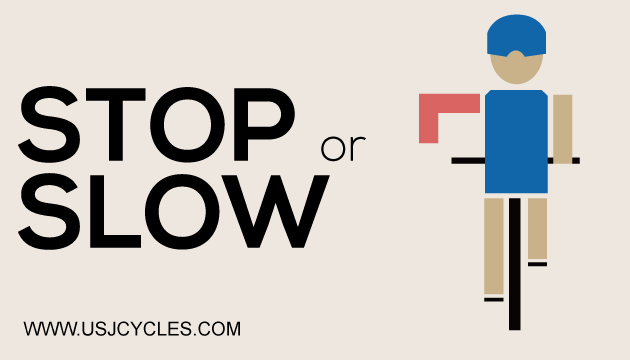
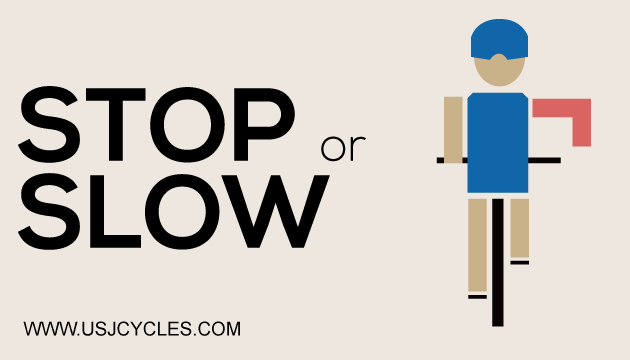
Stop / Slow hand signal – To indicate the riders / road user behind you are going to stop / slow down.
Following hand signals are for group riding
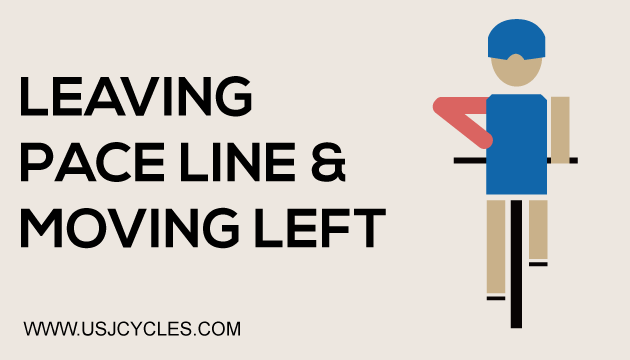
Hold upper arm and forearm bent to create a LEFT arrow. Hold this signal for two to three seconds to give the rider directly behind you time to prepare to take the lead of the pace line.
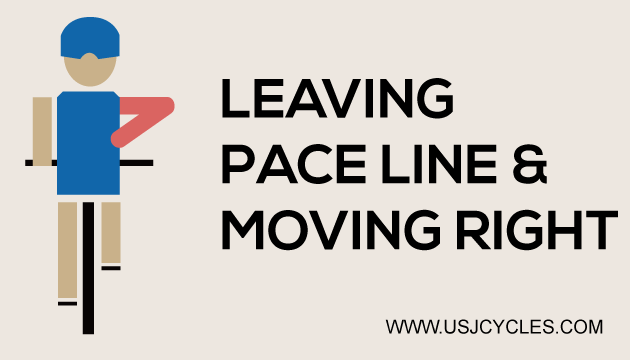
Hold upper arm and forearm bent to create a RIGHT arrow. Hold this signal for two to three seconds to give the rider directly behind you time to prepare to take the lead of the pace line.
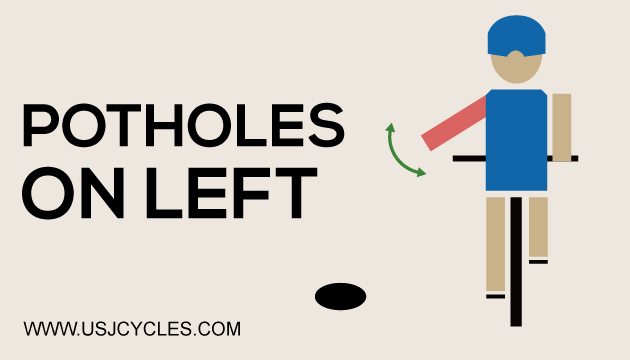
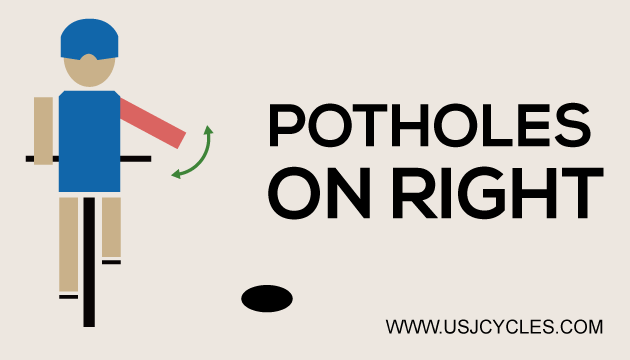
Left / Right hand held out and moved around in a circular pattern with the palm of your hand held down toward the street. The Left/ Right hand can be held out and moved in a front to back swinging motion to signal a long stretch of problems parallel to the direction of travel.
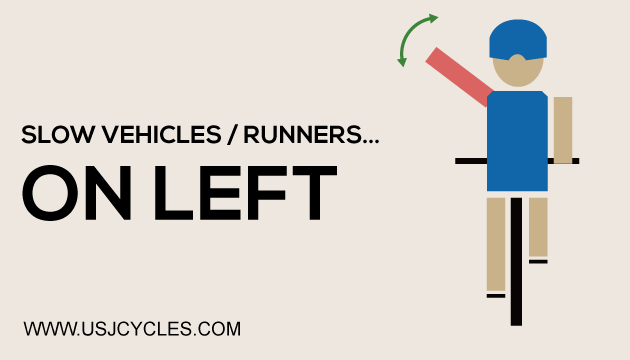
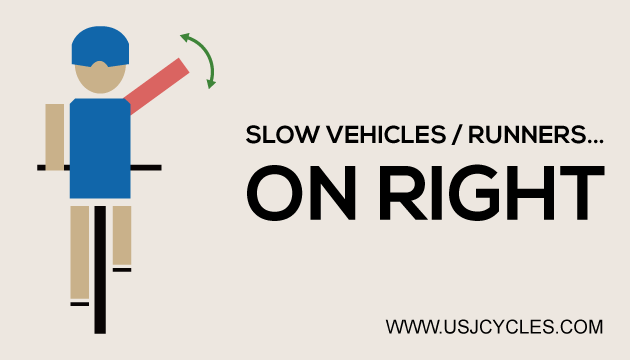
When your riding group is approaching, parked or traveling in the same direction at a slower speed. The palm of your hand is held facing forward. Sound out if you are “PASSING ON YOUR LEFT” or “PASSING ON YOUR LEFT” .




